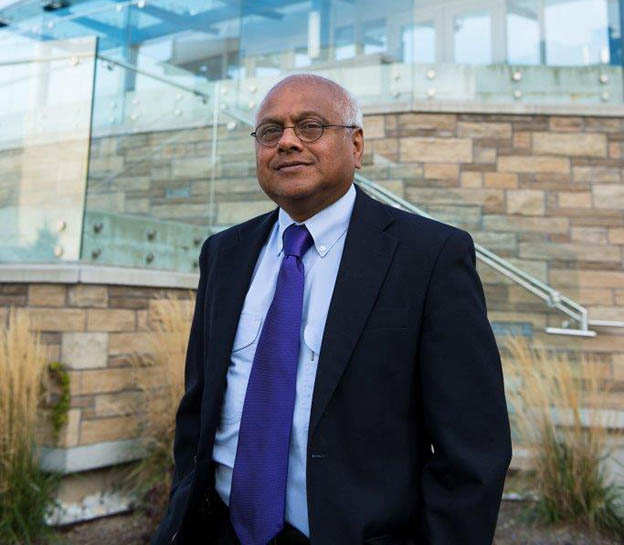Worldwide shift in heart medication delivery required, says Salim Yusuf

'Unless governments in most countries, especially low and middle-income countries, begin initiatives to make these essential heart medications available and provided free — as is done for HIV — then the use of these drugs is always going to be far less than optimal,' says director of the Population Health Research Institute and president of the World Heart Federation of Geneva, Switzerland.
Many people in the world who need essential heart medicine do not get it, even in rich countries, says new research published in the medical journal The Lancet.
In low and middle-income countries the medicines are not widely available and, when available, are often unaffordable. In rich countries, although these medicines are available and affordable, the researchers earlier found that 35 to 50 per cent of patients who have heart disease or previous stroke do not use the medicine.
The research team for the study was led by Salim Yusuf and Rasha Khatib of the Population Health Research Institute (PHRI) of McMaster and Hamilton Health Sciences. Yusuf is director of the PHRI and president of the World Heart Federation of Geneva, Switzerland.
Their analysis of the Prospective Urban Rural Epidemiology (PURE) study studied data from 18 countries to assess how low use of heart medicine relates to their lack of availability or affordability.
The authors say that a radical shift is required in how such medicines are provided and how preventive care is organized in health care systems. For example, the provision of generic versions of medicines free of charge in developing countries and use of non-physician health workers in all countries are needed to improve rates of use of these medicines, even in the richest countries.
The World Health Organization (WHO) is seeking to ensure that medicines to prevent recurrent cardiovascular disease—including aspirin, beta blockers, angiotensin-converting-enzyme (ACE) inhibitors, and statins—be available in 80 per cent of communities and used by 50 per cent of eligible individuals by 2025.
The team analysed information about availability and costs of cardiovascular disease medicines in pharmacies covering the period 2003-2013. Medicines were considered available if present at the pharmacy when surveyed, and affordable if their combined cost was less than 20 per cent of household capacity-to-pay.
All four types of medicine above were available in 95 per cent of urban and 90 per cent of rural communities studied in high-income countries; decreasing to 80 per cent of urban and 73 per cent of rural communities in upper middle-income countries; 62 per cent of urban and 37 per cent of rural communities in lower-middle income countries, and only 25 per cent of urban and in 3 per cent of rural communities in low-income countries (excluding India), and 89 per cent of urban and 81 per cent of rural communities in India.
The four cardiovascular disease medicines were potentially unaffordable for less than one per cent of households in high-income countries, compared with 25 per cent of upper middle-income countries, 33 per cent of lower middle-income countries, 60 per cent of low-income countries (excluding India) and 59 per cent of households in India.
The study shows, Yusuf said: “Unless governments in most countries, especially low and middle-income countries, begin initiatives to make these essential heart medications available and provided free — as is done for HIV — then the use of these drugs is always going to be far less than optimal. In rich countries, the key question is different—we need health systems in which there are organized approaches to secondary prevention, perhaps run by non-physicians such as trained nurses or other health workers, to improve uptake and adherence.”
In a comment on the study in the same issue of The Lancet, two health economists for the Liverpool School of Tropical Medicine, in the U.K., suggest that mechanisms such as a global fund for essential medicines for non-communicable diseases may need to be created to help address these issues, and point to successes in mass production of antiretroviral medicines for HIV and neglected tropical diseases.
Louis W Niessen and Jahangir Khan say: “Universal access to medicines will be accelerated through increased health financing and greater availability of low cost medicines targeting major diseases among people with low incomes.”
